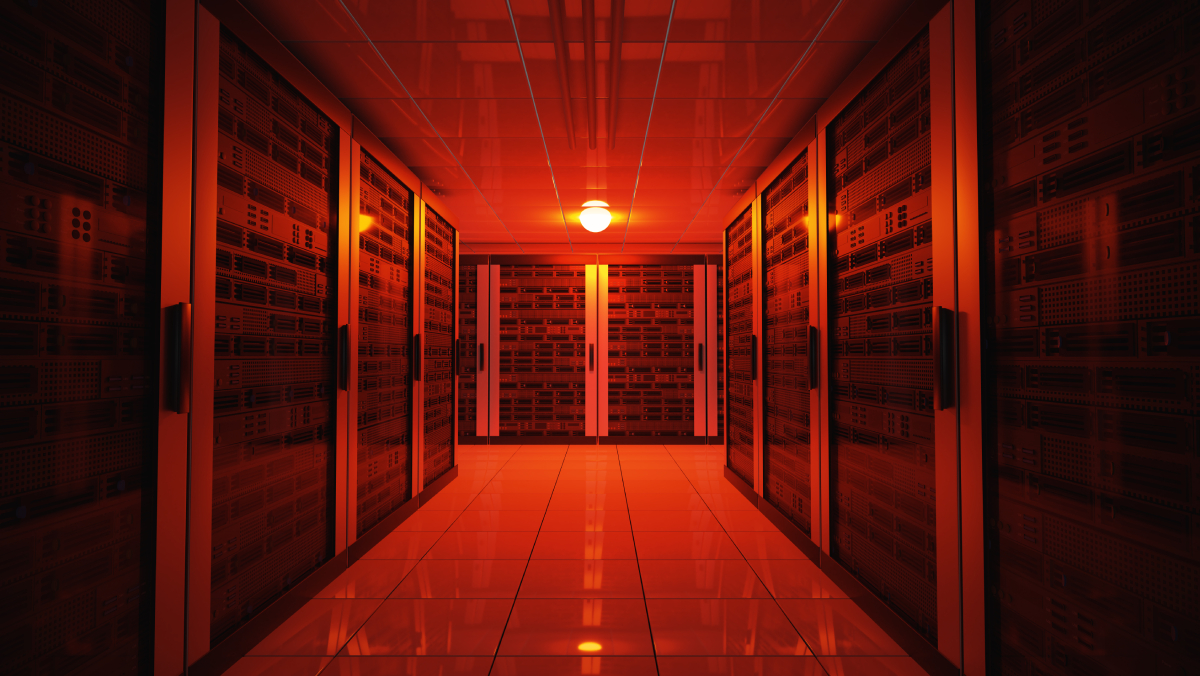Building strong partnerships is key to circular energy success, writes Halvor Bjerke, STACK Infrastructure Nordic CEO.
Governments across Europe and at the European Union level are showing increased interest in heat reuse as a factor in reducing carbon emissions and helping reach climate action targets. The rationale is that the technology is two-fold: energy already consumed by data centres is reused, while also reducing the energy demand of heating in domestic and commercial properties. The concept is robust but there is a vital role that partnerships play in delivering usable heat in effective and sustainable ways.
Regulatory drivers
Earlier this year, the German parliament approved the ‘Energieeffizienzgesetz’ or EnEfG act. This, loosely translated, means Act to Enhance Energy Efficiency, Improve Climate Protection and Implement EU Legislation. It includes measures to promote and enforce the reuse of energy currently vented into the atmosphere as heat.
The act makes it mandatory for data centre operators to donate 10% of their surplus heat to district heating systems by 2025 and 20% by 2028. As the name suggests, this act also prefigures the updated European Energy Efficiency Directive (EED), which aims to implement similar targets across Europe. It is expected that other EU nations will translate the directive into local law in the coming years.
Leaders’ insights overcome challenges
The industry is supportive of heat reuse wherever possible. Most operators are signatories to the Climate Neutral Data Centre Pact, which is working on its own targets for heat reuse as one of its governing principles.
There is a bigger and more stable market for heat reuse where climates are colder for more months of the year. For example, in Oslo, where average daytime highs are above 17°C only between mid-May and early September, there is consistent demand for heating.
It is also important to have a suitable district heating system into which the data centre’s heat can be injected. Many European cities, particularly those further north, do have these networks, but they are not universal.
They may also not be well suited for data centre heat recycling. The heat produced by data centres is relatively low, and heat exchangers are needed to raise it to a temperature suitable for their specific district heating system. Transporting this heat any distance is difficult, so unless existing or new heating systems are located close to data centres, they can be challenging to connect.
Finally, there are commercial considerations. Data centres produce heat 24/7/365 at a relatively constant rate, but demand for heating fluctuates. Finding the right contractual agreements to remain flexible, while still meeting regulatory targets, can be a challenge. As the German Datacentre Association recently commented, “You can only achieve an annual average by having to deliver almost double capacity in the winter months, because in the summer the demand for heat absorption by consumers will be minimal.”
Broad and deep partnerships
These are all challenges that we can, and must, overcome. Integrating data centres more closely into a circular energy system is good for the industry, good for the communities we serve, and good for the environment. Our experience is that partnerships are the key to making heat reuse an effective and efficient element in improving the overall sustainability of cities.
Open and honest relations are needed with key stakeholders to make heat reuse a success at city-scale. These include with the district heating supplier and the local authorities, but also an array of additional stakeholders including the local community, residential developers, local businesses and our clients.
Even when working with existing sites and existing district heating systems, an effective long-term partnership built on a shared vision is essential. We began working with Hafslund Oslo Celsio back in 2018 to brainstorm the feasibility of using heat generated in our Oslo data centre to heat local dwellings.
Mutual understanding of requirements, limitations, expectations, and responsibilities was essential to create a workable and robust scheme. Each side needed to make changes and had to be confident this was a long-term solution.
Local planning officials, as well as senior political figures, had to be included. Building a new plant to recycle the surplus heat and connecting to district heating required zoning and planning. The city council was also keen to ensure the environmental potential of the scheme was maximised. We were also careful to include local citizens to ensure that they understood what we were doing and how they benefitted.
The message was simple: “Every time local residents browse the internet, stream a TV series, or use the cloud, they start a process in our data centre that generates heat. If that heat can be reused to heat their homes, then the overall sustainability of their digital lives is improved.”
Future focused
Partnerships become even more essential for new data centres on fresh sites. For example, STACK designs now have the capacity to include energy recycling, but only if feasible. Early engagement with relevant parties builds understanding and support for the scheme and establishes viability early on.
Engaging with a broad range of third parties, including builders and developers of homes or commercial properties nearby, is imperative if heat is to be reused efficiently. Heat reuse has a significant role to play in reducing carbon emissions and lowering energy costs, ensuring that both data centres and cities become carbon neutral. Trusting partnerships are key to delivering the best possible outcomes. Working collaboratively – and achieving common goals – is the secret to delivering on EU, national, and global targets to protect the planet.


